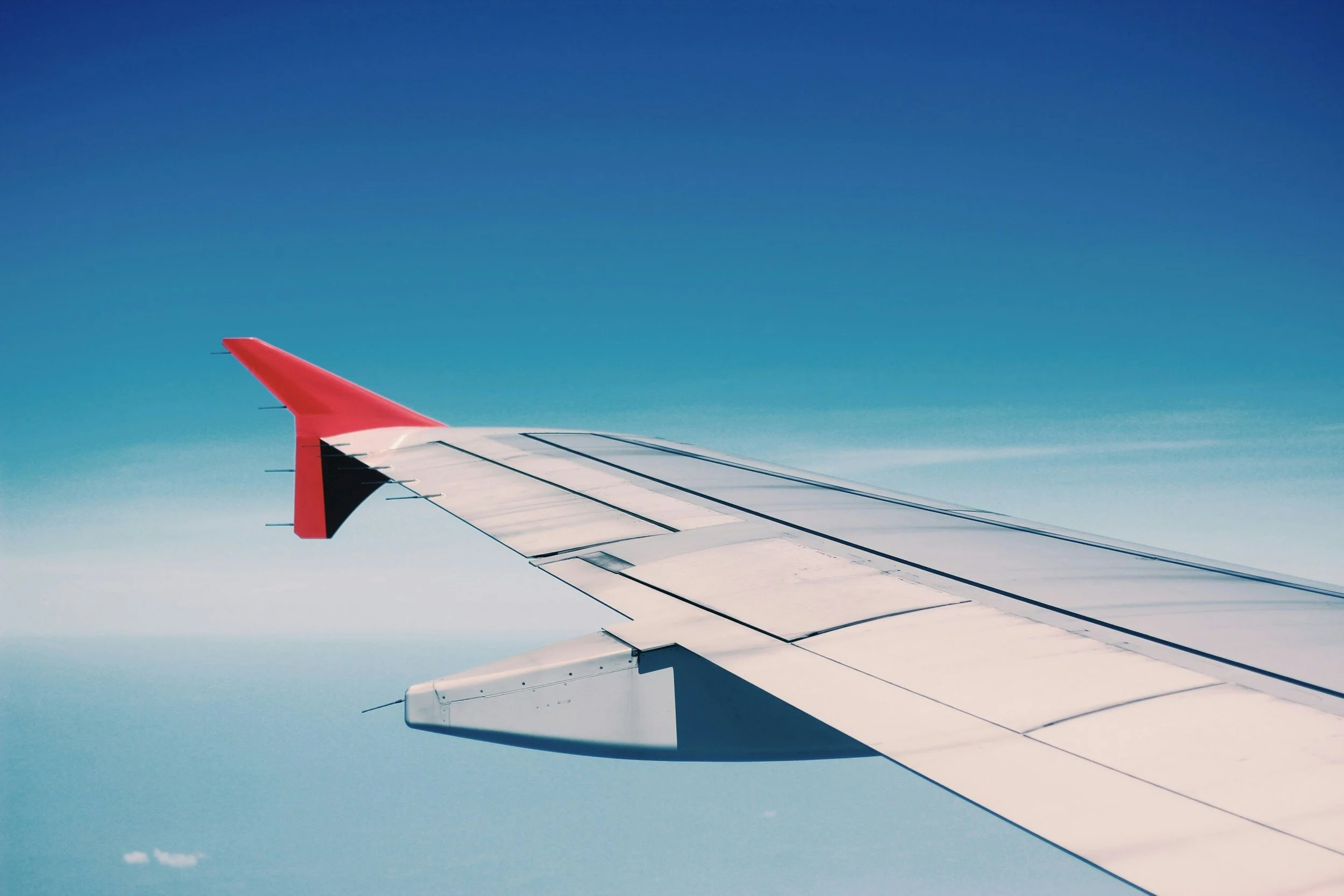Why Do Some Planes Have Curved Wingtips?
The Wingtip Secret That Saves Fuel and Looks Cool
You’re boarding a flight, and as you glance out the window, you notice something strange:
The tips of the wings curve upward
They look sleek. High-tech. Almost stylish.
But they’re not there for looks.
Those upward-sweeping ends are called winglets and they’re one of the smartest, most fuel-saving features in aviation.
Let’s break down why some planes have curved wingtips, and why more aircraft are getting them every year.
What Are Winglets?
Winglets are the small vertical or angled extensions at the tip of an aircraft's wings.
You’ll find them on many modern jets from 737s to A350s in various shapes:
Upward curves (like shark fins)
Split-tip designs (like the 737 MAX's split scimitar winglets)
Downward swoops (like on some business jets)
They may look fancy, but they serve a powerful aerodynamic purpose.
Why Are They There? One Word: Drag
When a plane flies, air pressure is higher under the wing and lower on top and this is what creates lift.
But at the wingtips, that pressure difference causes air to swirl upward and around, forming vortices tiny tornadoes of turbulent air. These vortexes increase drag, which:
Burns more fuel
Slows the plane
Reduces efficiency
Winglets are designed to disrupt these vortexes, smoothing the airflow and dramatically reducing drag.
How Much Fuel Do They Actually Save?
A lot more than you’d think:
Up to 7% less fuel burned per flight
That adds up to millions in savings per aircraft per year
Less fuel = lower carbon emissions = greener flying
For airlines, that’s more profit + better sustainability just from a small tweak at the tip of the wing.
Bonus Benefits of Winglets
Improved climb performance
Reduced takeoff distance
Less turbulence behind the aircraft (safer for planes flying nearby)
Extended range for long-haul flights
Some aircraft even get retrofitted with winglets after years of flying they’re that valuable.

